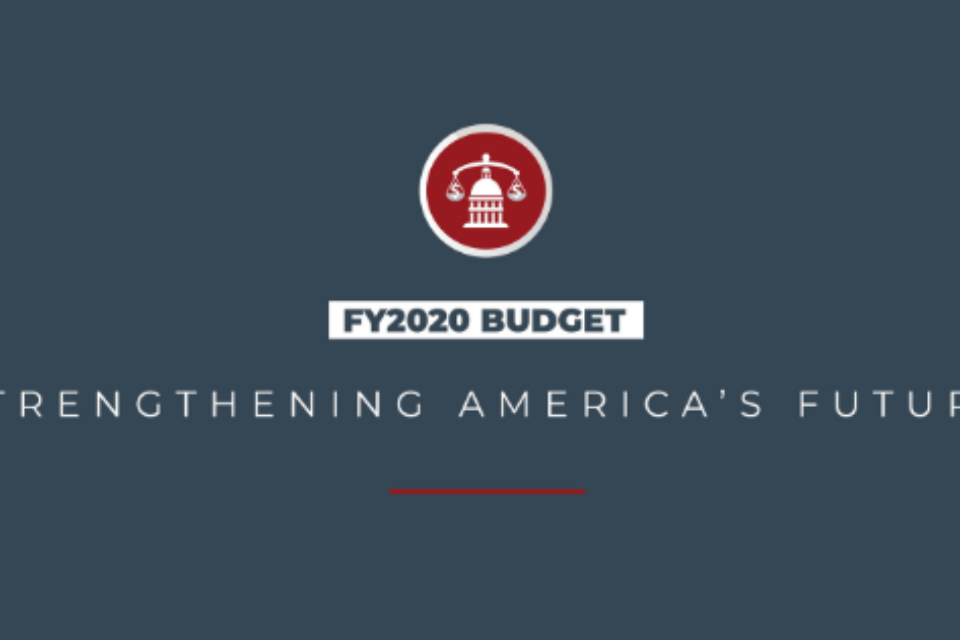A first step to strengthen America’s future

On March 22, Senator Enzi released a budget plan that would reduce deficits by half a trillion dollars over the next five years.
The budget does not presume to solve all of our budgetary challenges. They’ve seen past plans with that aspiration, all of which have been ignored within weeks. This time Senator Enzi is calling for Congress to try a different approach. Working together, let’s start the process of taking incremental, reasonable steps to rein in deficits and debt and provide the foundation for a stronger future for our children and grandchildren.
National debt stands at more than $22 trillion, and the Congressional Budget Office (CBO) projects that beginning in 2022 annual deficits will top $1 trillion, driving that debt ever higher. For decades, experts have warned of the budget pressures we, as a Nation, would face as Baby Boomers aged and began to retire. Every day, 10,000 people become eligible to receive Social Security and Medicare.
An aging population and rising health care and interest costs will continue to drive federal spending totals upward. Today, autopilot spending on interest payments and mandatory programs not constrained by the annual appropriations process makes up 70 percent of all federal expenditures. That’s up from 36 percent 50 years ago. By 2029, nearly $8 of every $10 the government spends will be on mandatory programs and interest on the debt. This means there will be fewer resources for programs funded through the annual appropriations process, which will have a crowding effect on everything from small business loans to federal investments in research and education.
The budget blueprint acknowledges the fiscal realities facing our country and, as a first step, calls for $551 billion in non-interest mandatory spending reductions over the next five years. With our country projected to spend more than $25.4 trillion over that time-frame, surely it is reasonable to expect Congress to find bipartisan agreement to save a small fraction of that total.
Slowing the growth of mandatory spending is only one part of the effort to get the United States’ fiscal house in order. Congress can all agree that there is room for improvement on the appropriations-side of the ledger. Reports have been received by delegation year after year of duplication, fragmented and overlapping programs from the Government Accountability Office. Just this month, CBO reported on the massive amounts of spending going to programs that are no longer authorized to receive funds. The amount for fiscal year 2019? $307 billion. That’s just for one year and excludes spending that was never authorized from the start. Clearly, the United States’ has to do better.
The budget resolution adheres to discretionary spending limits imposed by the Budget Control Act of 2011 but acknowledges the likelihood that Congress will act – as it has done three times previously – to increase those caps for the next two years. If and when an agreement is reached to modify the caps, it should be responsible and offset with sustainable and adequate deficit reduction.
“I know it is hard to believe that a divided Congress could execute change, but the American people sent us here to work together. The budget plan that we consider this week is not a panacea, but it is a responsible first step toward addressing our country’s pressing fiscal challenges. We have an opportunity to do something better for each and every American. I hope we take it.” Expressed Senator Mike Enzi.


